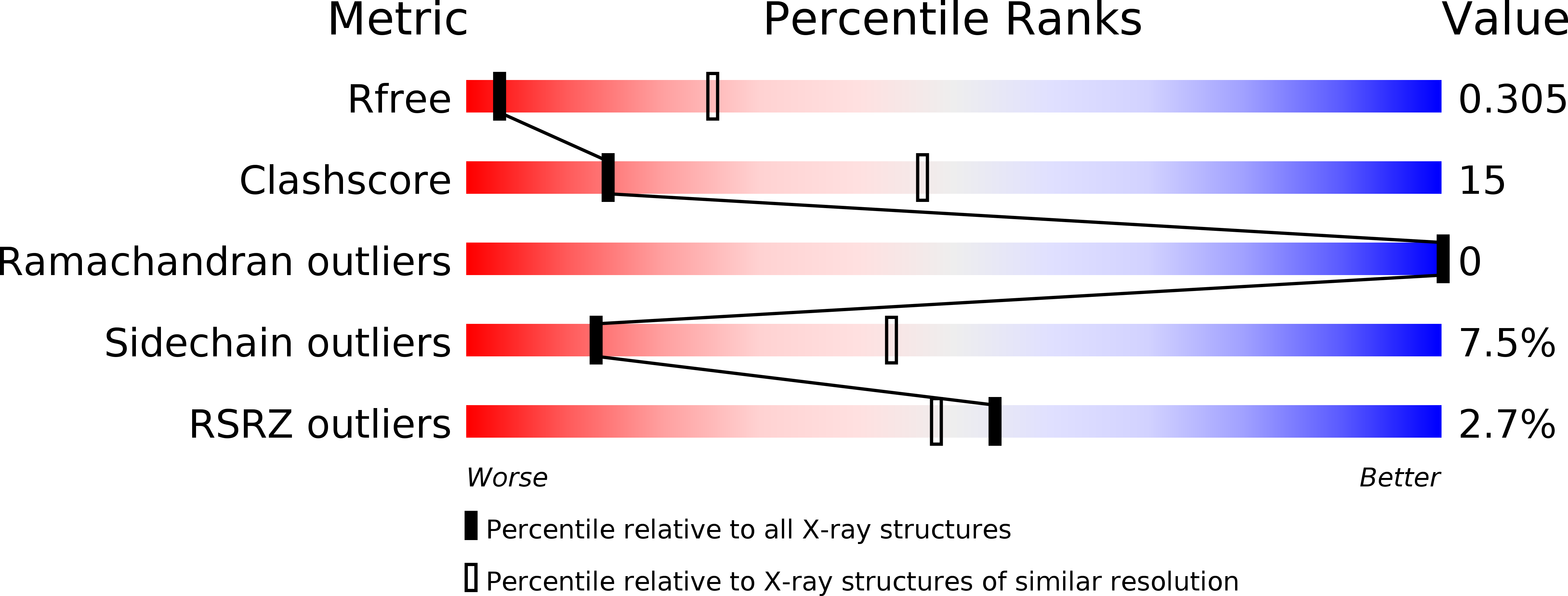
Deposition Date
2014-05-01
Release Date
2014-08-06
Last Version Date
2024-03-20
Entry Detail
PDB ID:
3WUQ
Keywords:
Title:
Structure of the entire stalk region of the dynein motor domain
Biological Source:
Source Organism:
Mus musculus (Taxon ID: 10090)
Host Organism:
Method Details:
Experimental Method:
Resolution:
3.50 Å
R-Value Free:
0.30
R-Value Work:
0.27
R-Value Observed:
0.28
Space Group:
P 31 2 1


